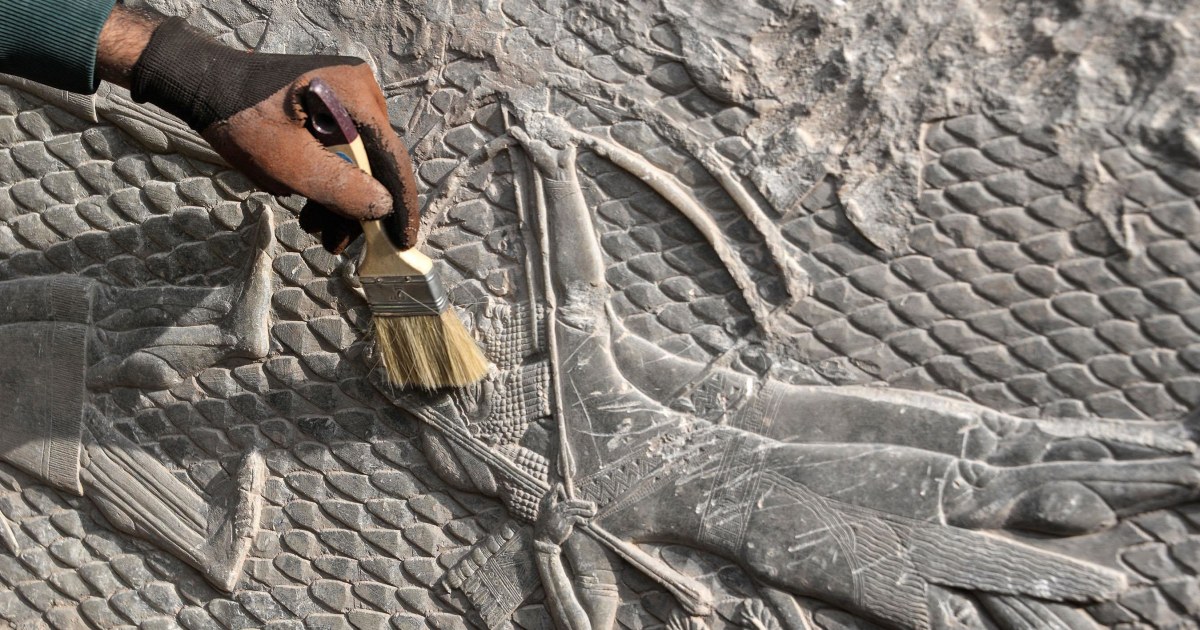Archaeologists have discovered ancient rock engravings in Mosul, a city in northern Iraq, that are thought to be older than 2,700 years.
The marble slabs were discovered while restoring the Mashki Gate, a historic structure that Islamic State fighters partially demolished when they took over the city in 2016.
The Assyrian monarchs’ dominance over the ancient city of Nineveh is depicted in the relief sculptures, according to a statement released on Wednesday by the Iraqi State Board of Antiquities and Heritage.
According to the statement, the carvings on the gray stone were created during the reign of King Sennacherib, who ruled from 705 to 681 B.C.
Sennacherib was in charge of enlarging Nineveh, the imperial capital and largest city of the Assyrians, and building a palace. Nineveh was the Assyrians’ most important junction between the Mediterranean and the Iranian plateau.
An Iraqi team and American specialists from the University of Pennsylvania who are assisting in the reconstruction project made the finding last week.
According to Ali Shalgham, the director general of Iraq’s Investigations and Excavations Department, the discovery “consisted of eight marble slabs carved with a relief representing scenes of Assyrian soldiers, in addition to palm trees, grapes, pomegranates, and figs belonging to the palace of King Sennacherib.”
The engravings were probably removed from Sennacherib’s palace and used to build the gate, according to Fadel Mohammed Khodr, leader of the Iraqi archaeological team.
We think that the grandson of the king utilized these carvings, which were originally from Sennacherib’s palace, to remodel the Mashki gate and expand the guard chamber.













